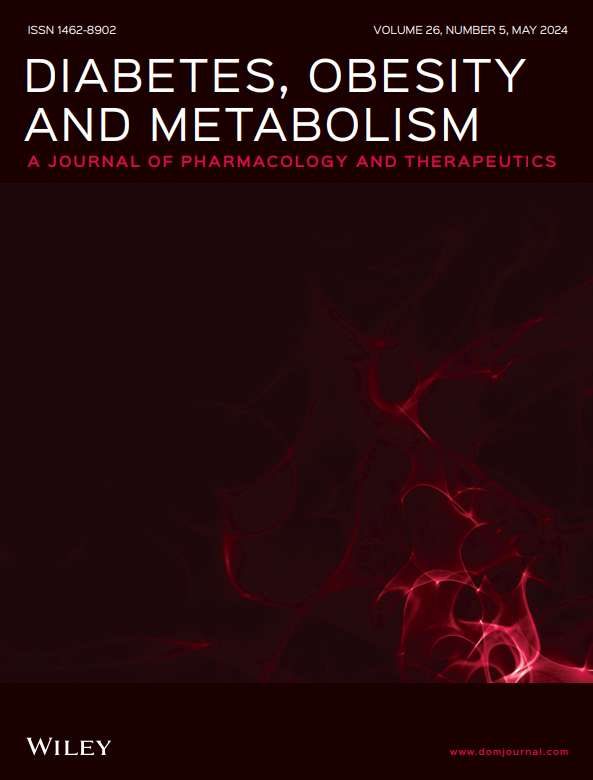Decreases in circulating ANGPTL3/8 concentrations following retatrutide treatment parallel reductions in serum lipids
Abstract
Aims
The aim of this study was to determine if retatrutide, a triple agonist of glucose-dependent insulinotropic polypeptide (GIP) receptor, glucagon-like peptide 1 (GLP-1) receptor and glucagon (GCG) receptor, may lower serum triglyceride (TG) and low-density lipoprotein cholesterol (LDL-C) levels in part by decreasing circulating concentrations of the angiopoietin-like protein 3/8 complex (ANGPTL3/8).
Materials and Methods
In post-hoc analyses of two phase 2 retatrutide trials, concentrations of ANGPTL3/8, ANGPTL4/8 complex (ANGPTL4/8), ANGPTL3 and ANGPTL4 were measured using dedicated immunoassays to determine percent changes from baseline. Correlations of ANGPTL protein and complex levels with lipid and metabolic parameters at baseline were analysed. Correlations of the changes in ANGPTL protein and complex levels versus the changes in lipid and metabolic parameters at study endpoints were also analysed. Direct effects of retatrutide itself, GIP, GLP-1, GCG and a GCG receptor (GCGR) antagonist antibody on ANGPTL3/8 secretion were studied in vitro using primary human hepatocytes.
Results
ANGPTL3/8 reductions were observed with 8 and 12 mg retatrutide doses in participants with type 2 diabetes, and with 1, 4, 8 and 12 mg retatrutide doses in participants with obesity or overweight but without diabetes. In both cases, ANGPTL3/8 decreases paralleled retatrutide-induced reductions in TG and LDL-C. In primary human hepatocytes, both glucagon and retatrutide decreased ANGPTL3/8 secretion, and these reductions were blocked with the GCGR antagonist antibody.
Conclusions
Together, these results suggest that the GCGR agonism of retatrutide could lead to reduced circulating ANGPTL3/8 concentrations, which may then contribute to decreases in TG and LDL-C levels.




 求助内容:
求助内容: 应助结果提醒方式:
应助结果提醒方式:


